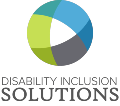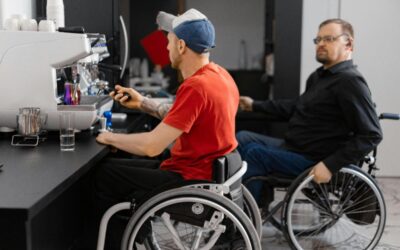Universal Design (UD) is an approach to design that aims to create products, environments, and services that can be used by as many people as possible. But where did this idea come from?
The roots of UD can be traced back to the post-World War II era when injured soldiers returning to the US faced challenges using products and navigating spaces. In 1961, the American National Standard Institute published its first standard for accessible design, and in subsequent decades, state and federal legislation made these standards into law. However, it wasn’t until 1973 that the Rehabilitation Act required all federally funded buildings and programs to be accessible to people with disabilities.
However, the publication of “Design for All” by Ronald Mace in 1985 really brought the true concept of UD into the mainstream. Mace, a wheelchair user, was a pioneer in the field of UD, and his book helped to bring the concept to a broader audience. The seven principles outlined in his book, emphasizing the importance of designing for the masses, are now the foundation of UD. The Americans with Disabilities Act (ADA) of 1990 then further strengthened the mandate for accessible public spaces.
Despite the many benefits, Universal Design is still perceived as a design for disability. I hope that UD will continue to evolve and expand to become a more integral part of the design process. Instead of checking off accessibility requirements, designers, architects, and builders must recognize the value of creating truly inclusive environments. Conveniences like zero-step entryways and automatic doors are just as beneficial for a young couple pushing a stroller as someone with a walker or wheelchair.
UD has come a long way since its inception, and its potential for creating truly inclusive environments is enormous. Are you ready to make UD a natural part of the design process? Reach out to my team and me. We can help you create an environment that’s more than just accessible; it’s inclusive.





0 Comments